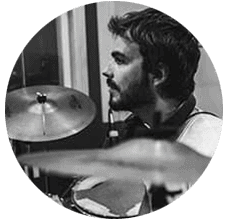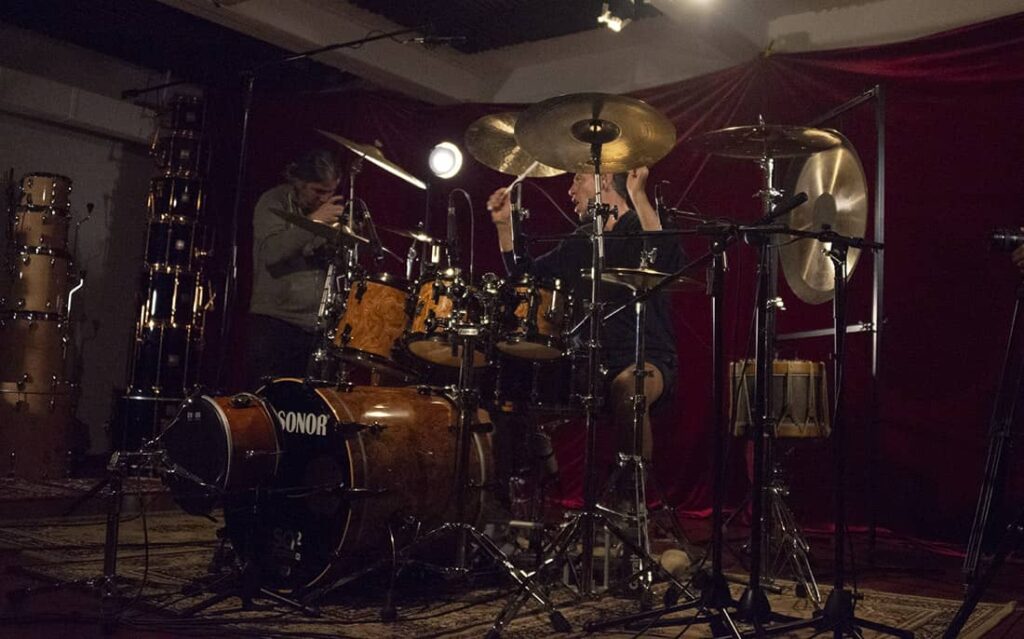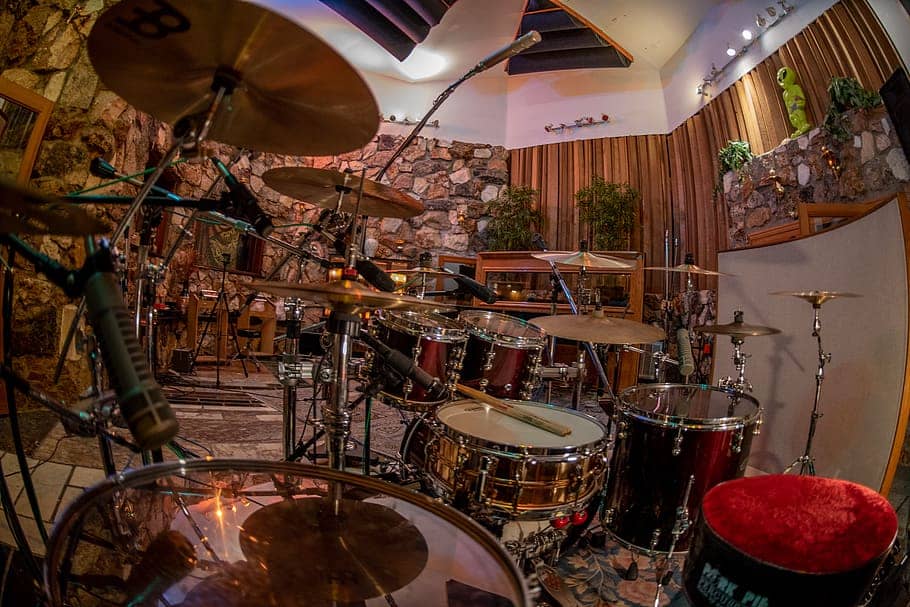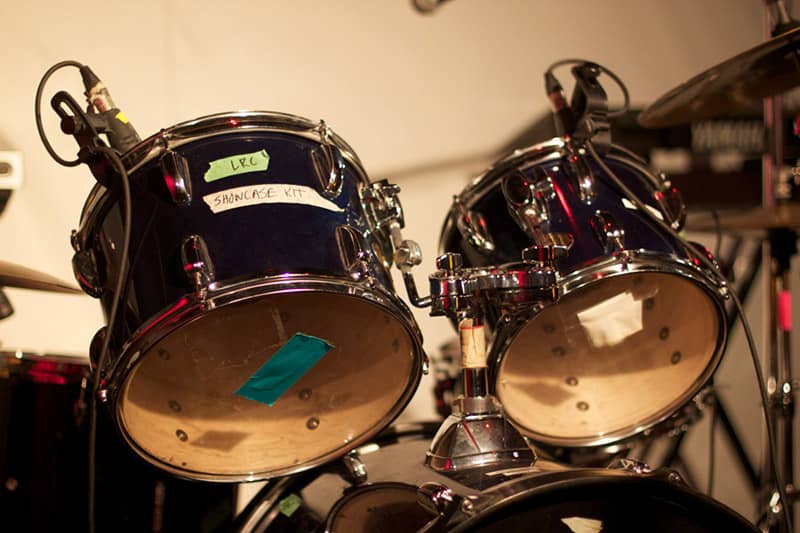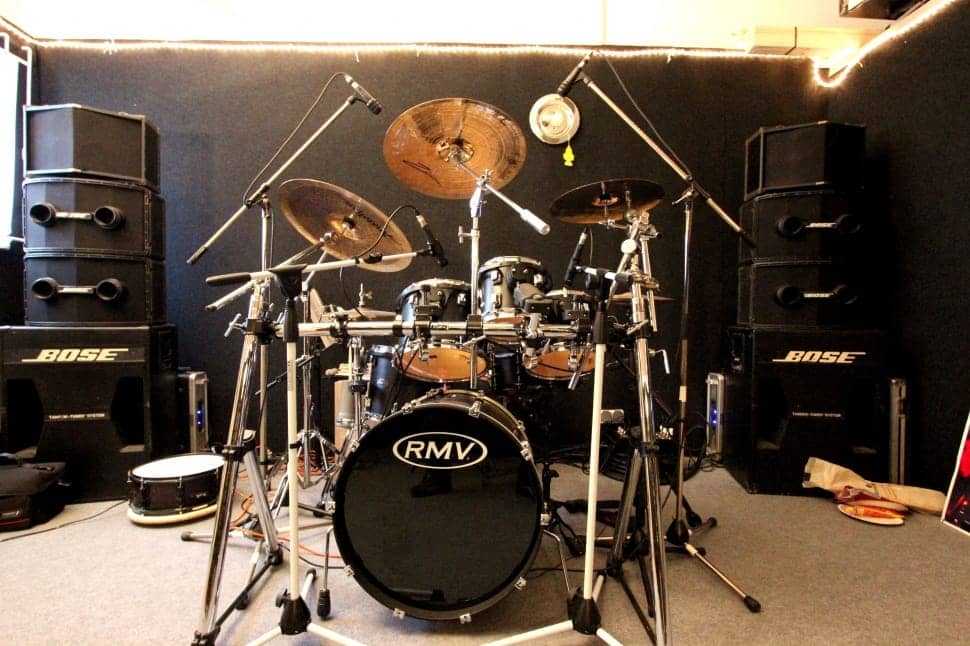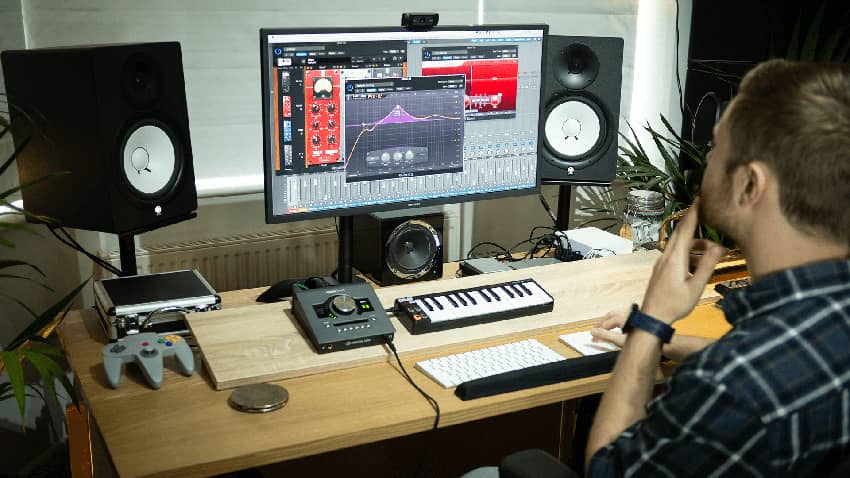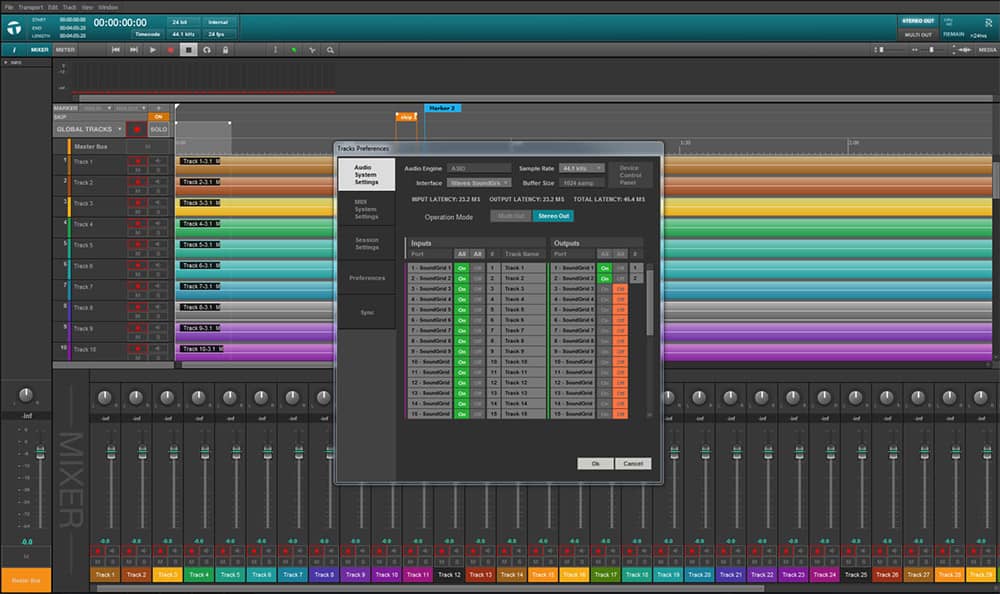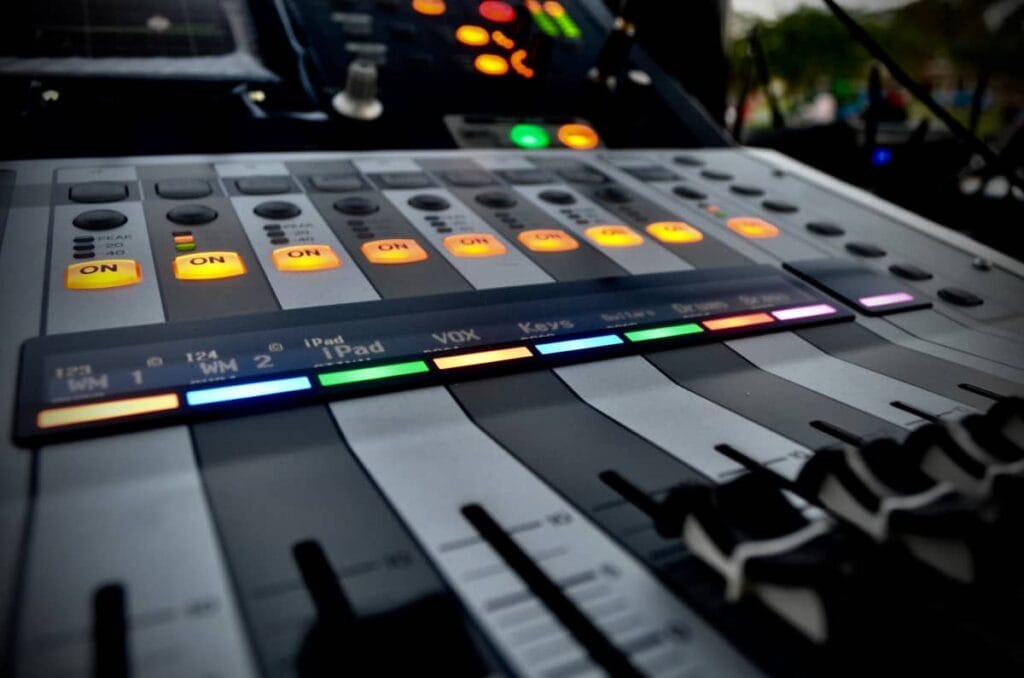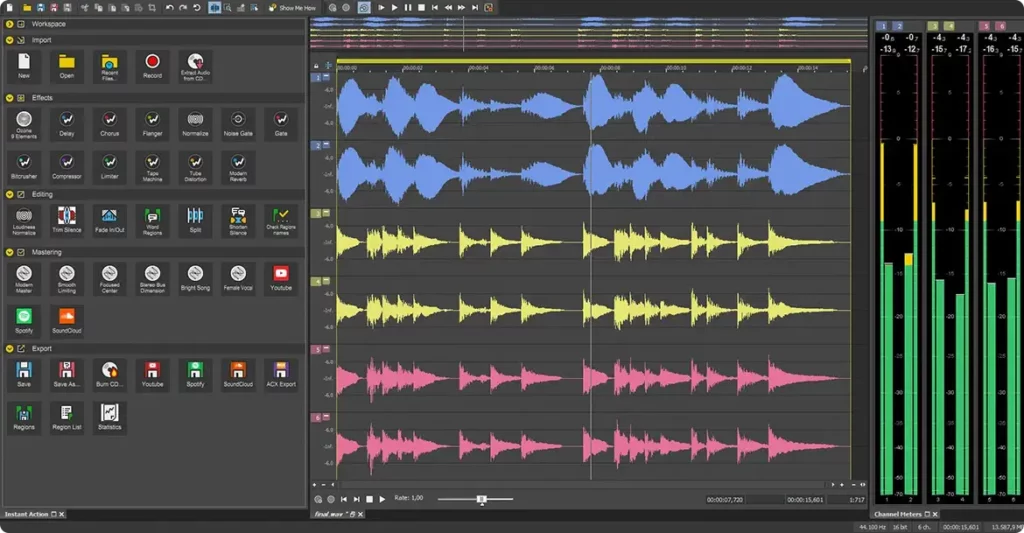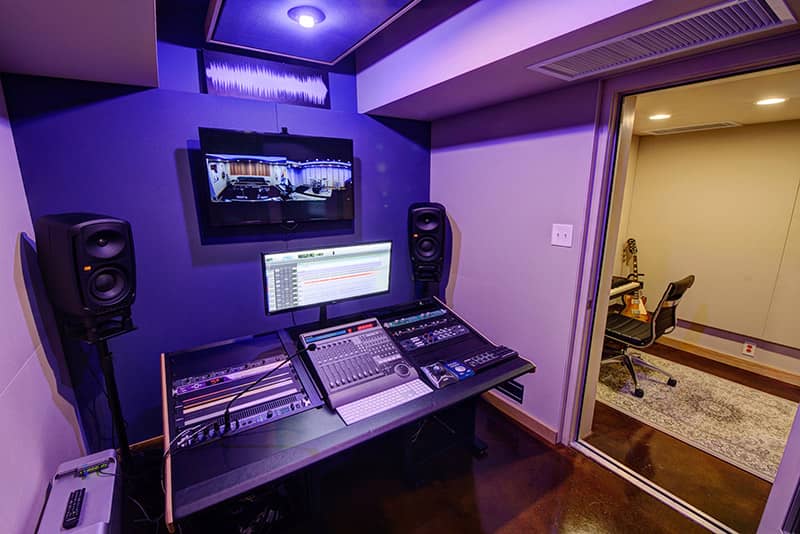Mixing is where you bring your recorded drum tracks to life, transforming them from raw sounds into a polished, cohesive unit.
This process is both technical and creative, requiring a keen ear and a clear vision for your drum sound. Let’s dive into the key steps:
Balancing Levels:
Start by adjusting the levels of each drum track. The goal is to create a balanced sound where each drum is clearly audible without overpowering the others.
Pay special attention to the relationship between the kick, snare, and overheads, as these often form the backbone of your drum mix.
EQ and Filtering:
Use EQ to sculpt the sound of each drum. Remove any unwanted frequencies, like low-end rumble on cymbal tracks or boxiness on the snare.
Boosting certain frequencies can help drums stand out in the mix. For instance, adding some punch to the kick or clarity to the snare.
Applying Compression:
Compression is vital in drum mixing. It helps to even out the dynamics, giving your drums a consistent level.
Be cautious not to over-compress, as this can suck the life out of your drums. Use compression to add punch, tighten up the sound, and control the transients.
Adding Reverb and Effects:
Reverb can add depth and space to your drum sound. Use it sparingly to avoid washing out your drums.
Other effects like delay or saturation can be used creatively to add character or emphasize certain parts.
Panning for a Natural Feel:
Panning your drums can create a sense of space and realism. Imagine how a drum kit is typically set up and pan your tracks accordingly.
This helps in creating a mix that feels natural and immersive.
Listening and Tweaking:
Mixing is an iterative process. Take regular breaks to rest your ears, and listen to your mix on different sound systems to see how it translates. Be open to making adjustments until you find the right balance.
